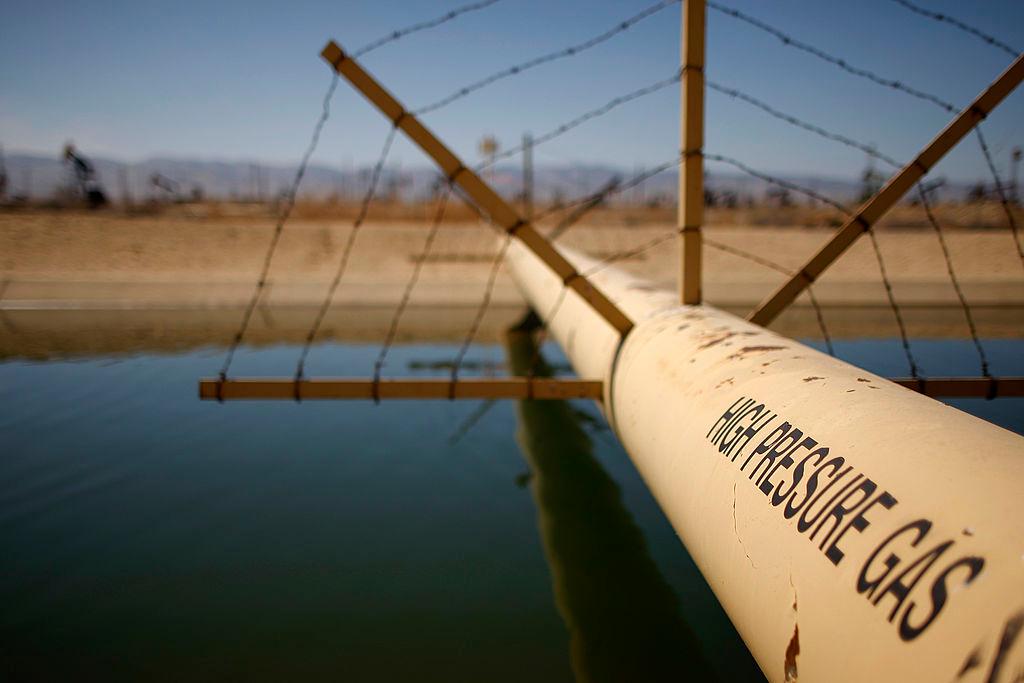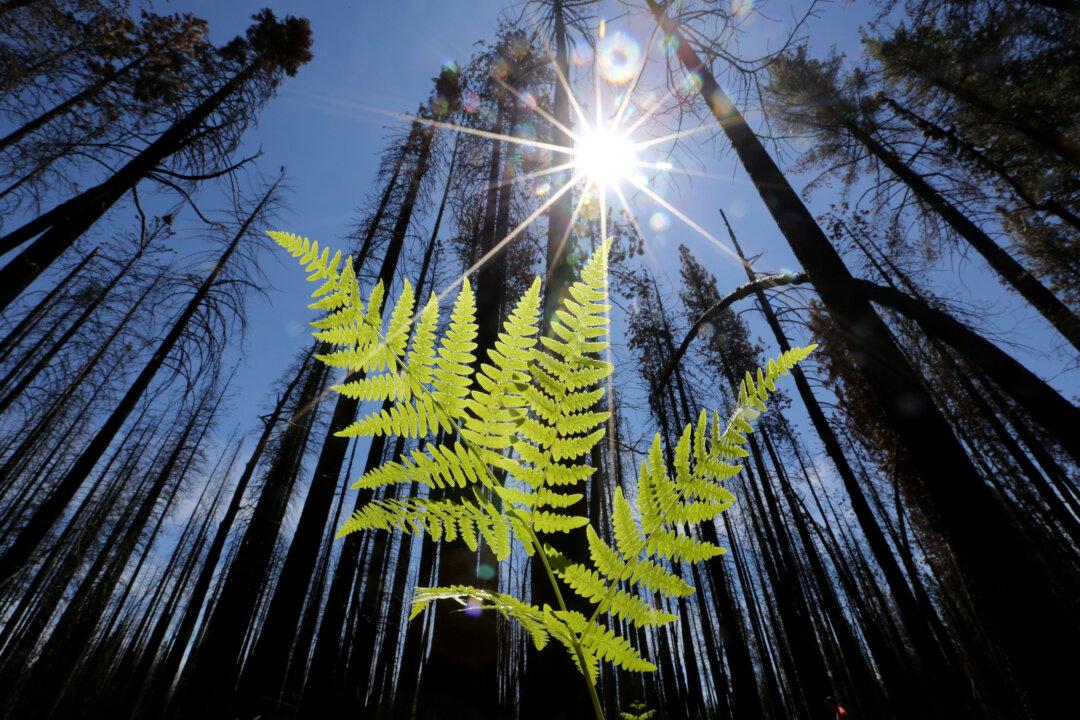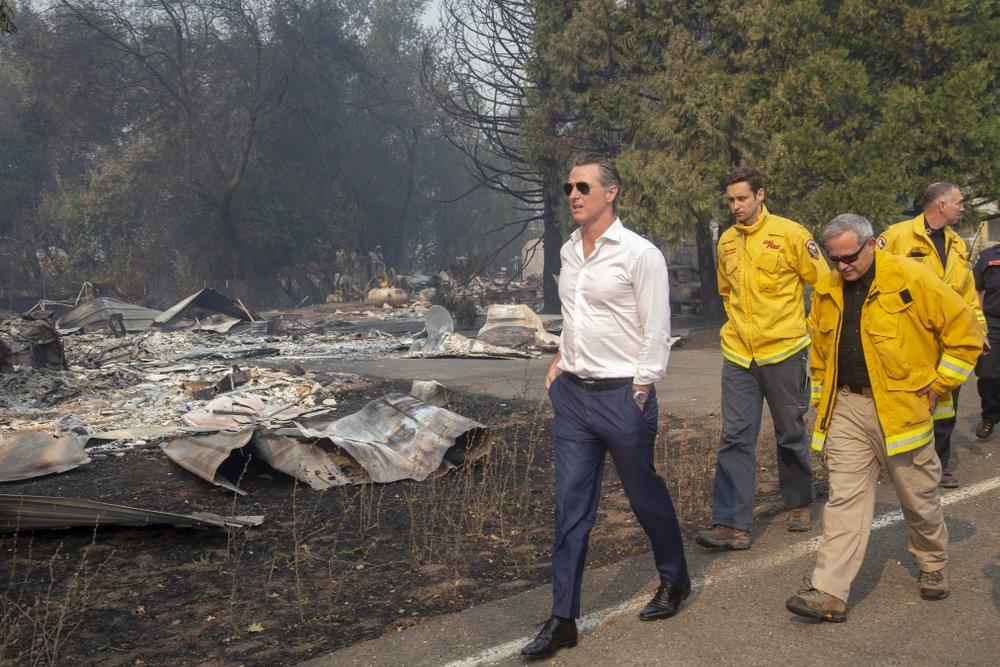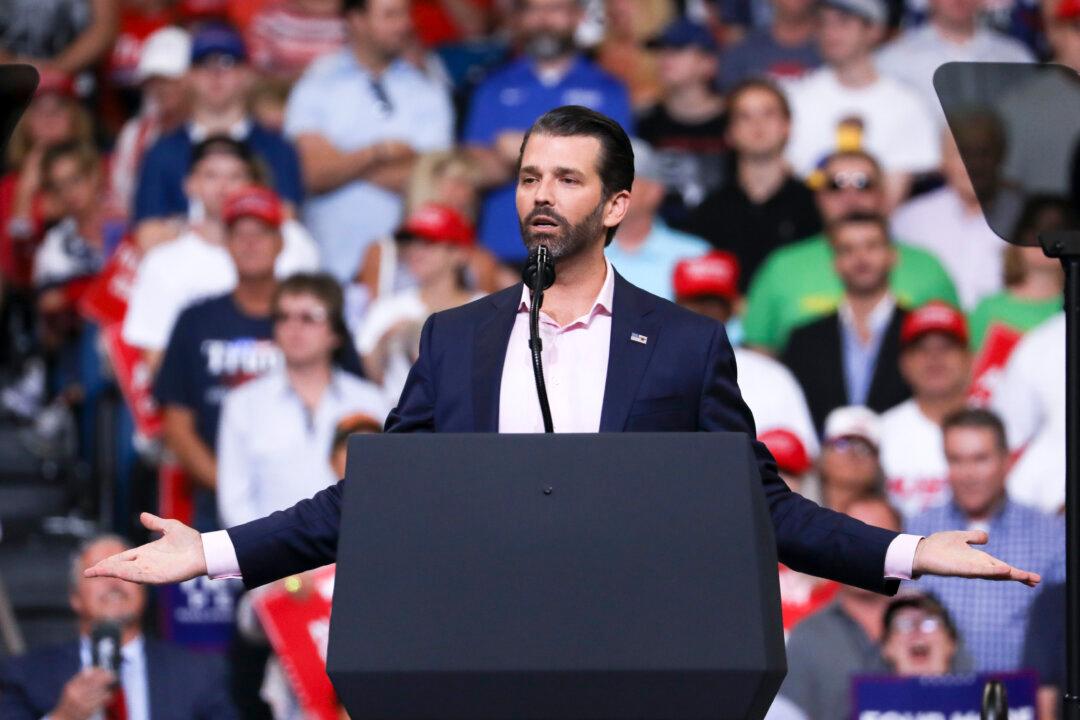The attorneys general of 20 states and the District of Columbia initiated a lawsuit (pdf) on July 21 against the Trump administration, alleging that new federal rules to streamline Environmental Protection Agency (EPA) permitting processes undermine their ability to halt infrastructure projects they believe could harm their waterways.
The consortium says that new rules issued last week by the EPA change procedures that gave state governments the authority to review or block projects the federal government had permitted and that involved water bodies within their borders.





